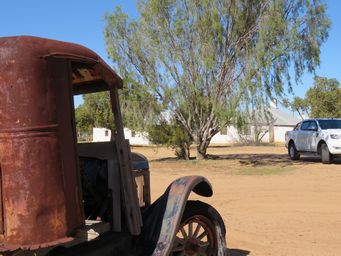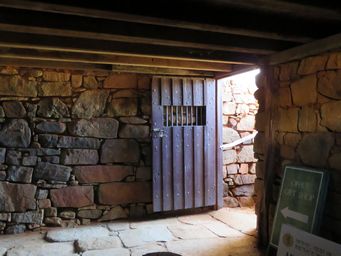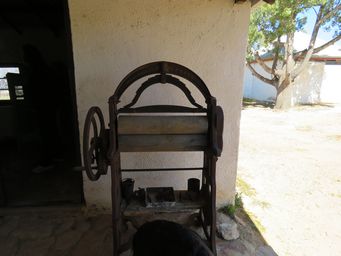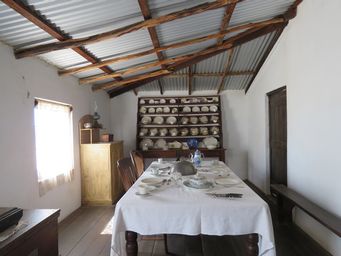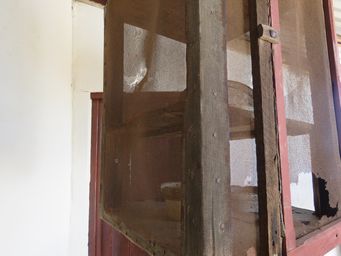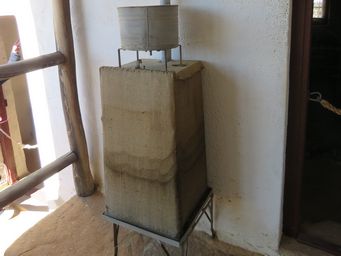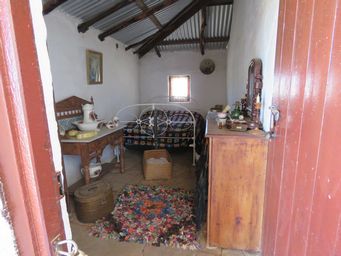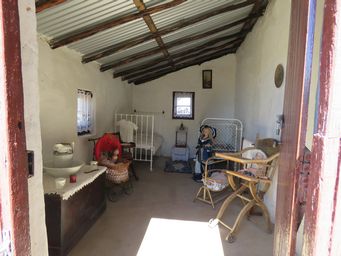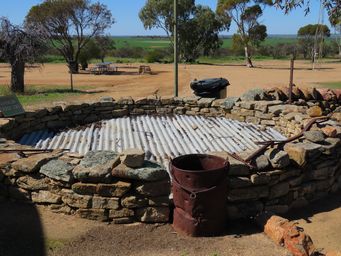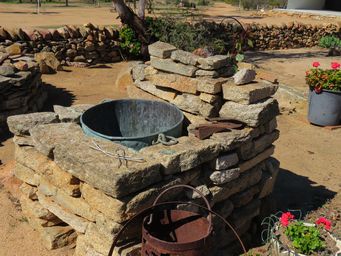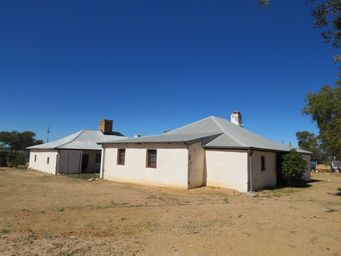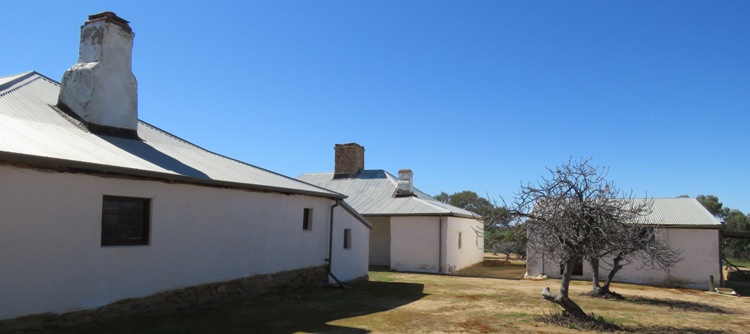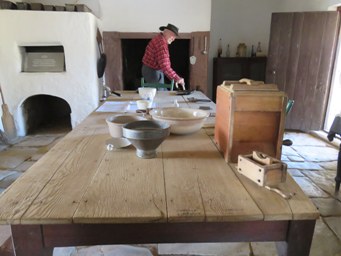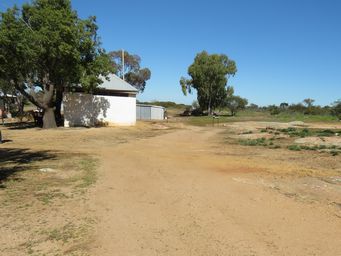Australia So Much to See

"I spent nearly 60 years at Mangowine and saw many changes. At first we ran sheep on our large pastoral lease. In the
1880s wool prices fell but the discovery of gold further east gave Mangowine a new lease of life.
By 1910 the land was
broken up into wheat farms. My son Charles and I kept the land around this homestead so I could remain at Mangowine until my
dying day."
A building dating back to 1863 comprises a cellar and the present office, with memorabilia displayed. This was the original
homestead.
The search for the cellar
During the restoration of Mangowine Homestead, significant work was undertaken to rebuild the cellar. When the work started, the cellar was no more than a hole in the ground, and the volunteer workers had to research and plan how to
restore the room to its original standing. You are now welcome to explore the cellar and imagine what would have been stored
here.
This was the first discovery of gold in the eastern districts, and led to the eastern goldfields rush and the development of the Yilgarn fields in 1888. The old York - Goldfields Road passed close to the homestead, so the family constructed an inn to service the needs of travellers.
Much was grown on the property and bread was made each day. They had a good relationship with local Aborigines and were assisted by Aboriginal staff. To ‘go to town’ to get supplies took seven days to journey to Toodyay, the nearest town, and this was infrequent.
An underground water storage tank.
When they ran out of water at Mangowine Jane had to walk ten miles (sixteen kilometres) to
Yarragin, a total of 32 kilometres. Jane had no choice but to take the children with her, and would never have managed without the
help of an Aboriginal lad. Between them they carried the younger children, and the water. Charles was often working away, leaving
Jane to manage the farm, family and the Inn.
A Coolgardie safe was made from hessian, and a tub of water on top dripped down to keep the hessian moist to be cooled by evaporation in the breeze.
A meat safe was also used for perishables, and was made from fine mesh to keep the flies out.
The small corner cupboard above right is also in the kitchen.
In the main bedroom and children's bedroom below, a washstand at left in each has a china bowl and jug as a handbasin. A chamber pot below completed the amenities.
The floor was made from cut slabs of rocks as in kitchen photo below.
